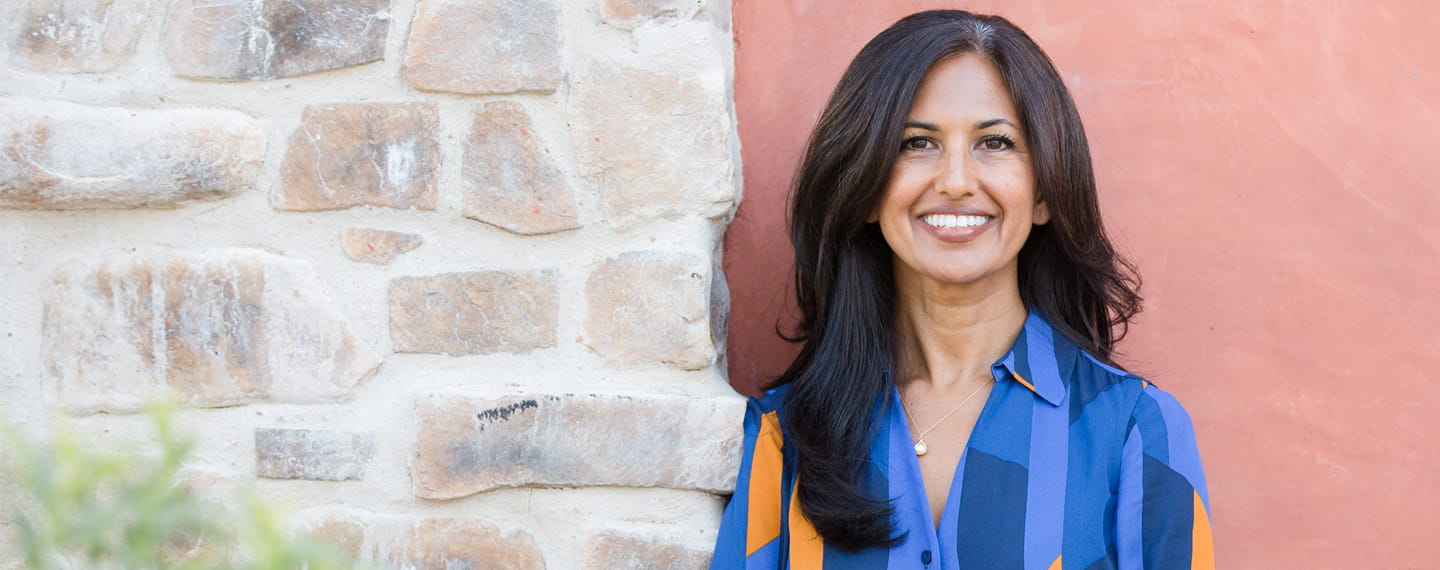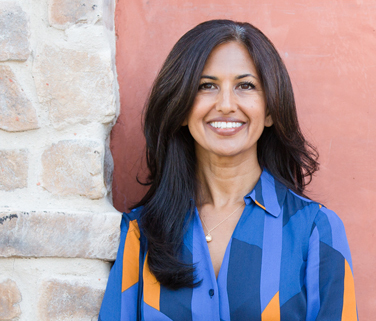The topic of vaccination is on everyone’s minds these days, as an unprecedented global vaccination effort unfolds in response to the COVID-19 pandemic. While most people recognize the incredible achievement and collaboration that allowed for the rapid development of COVID-19 vaccines, less visible is the importance that vaccine delivery systems play in quickly getting the medicines into the arms of people around the world.
This is a problem that one Amgen staff member set out to help solve. At the height of the pandemic, Natasha Shah, senior manager of Strategic Planning and Operations for Amgen’s Global Predict & Prevent program, took a leave of absence from Amgen to go work with the World Health Organization (WHO) on evaluating vaccine delivery solutions for global vaccination efforts.
“Working in the pharmaceutical industry, we see constant innovation and iteration all the time,” Shah says. “But in a global effort to vaccinate billions of people, they are still working with glass vials, needles and syringes, and that’s not very efficient, especially with factors like cold-chain requirements in countries where the infrastructure isn't as robust as what we have in the U.S.”
Inefficiencies contribute to vaccine hesitancy
At first glance, it might not seem like the device used to inject a vaccine would make a big difference. The medicine is what’s important, right? That may be true for a routine shot delivered during a doctor’s visit. But for widespread vaccination, the time spent filling hundreds of syringes or assembling injector devices can significantly slow vaccine efforts.
“Some countries have serious shortages of healthcare workers, so making something quicker, simpler and easier is a big deal,” Shah says. “If a delivery system has too many components the safety profile is impacted, or if you’re using vials that lead to wasted doses, those can all have huge downstream impacts.”
In some cases, those inefficiencies can lead to people lacking access or simply avoiding vaccination altogether. "I learned that vaccine hesitancy exists worldwide, but often for completely different reasons,” Shah explains. “In the U.S., it may be driven by distrust of the healthcare system, but in other places it could be because it takes so much time and effort to get vaccines that it becomes too much of a burden for people.”
Learning from past failures
The search for better, faster and more efficient methods of vaccine delivery has been going on for a long time. One innovation that was tried, and eventually failed, were jet injectors that used a narrow stream of fluid instead of a hypodermic needle. The U.S. military could reportedly mass vaccinate 1,000 soldiers per hour using these devices.
Jet injectors did speed the process, and they were notably used to help eradicate smallpox, but they were phased out due to problems with cross contamination. “In my work with the WHO, I studied a later version called disposable syringe jet injectors, but those failed too,” Shah says. “There were too many components to put together which impacted the safety and complexity. If there was a shortage in any of the components it could lead to missed doses.”
She explains that there have been surprisingly few innovations in vaccine delivery that have seen widespread adoption. “You would think iterations happen all the time, but with vaccines, one of the only advances to be widely adopted is the auto-disable syringe to prevent the reuse of needles,” she says. “You have to balance the speed and ease of delivering the vaccines with the additional cost of new technologies, especially in low- and middle-income countries.”
What could future COVID-19 vaccines look like?
Organizations like the WHO, the Bill and Melinda Gates Foundation, UNICEF and others have been interested in vaccine delivery innovation long before the spread of COVID-19, but the pandemic laid bare glaring challenges in global vaccination efforts.
“Seeing what is happening with the rollout of COVID-19 vaccines, even in the U.S., makes it clear that we need solutions that can make things easier for our healthcare workers,” Shah says. “Those issues didn’t resonate with people until now because we haven’t done mass vaccinations for a long time.”
Natasha says her work led to recommendations that could potentially be implemented in later waves of COVID-19 vaccinations — or in future pandemics. “One innovation that would make a huge difference is a COVID-19 vaccine formulation that can be delivered via micro-array patch,” she says. “These are patches covered with tiny microneedles coated with the vaccine—they could be shipped out through the mail, and people could apply them at home.”





